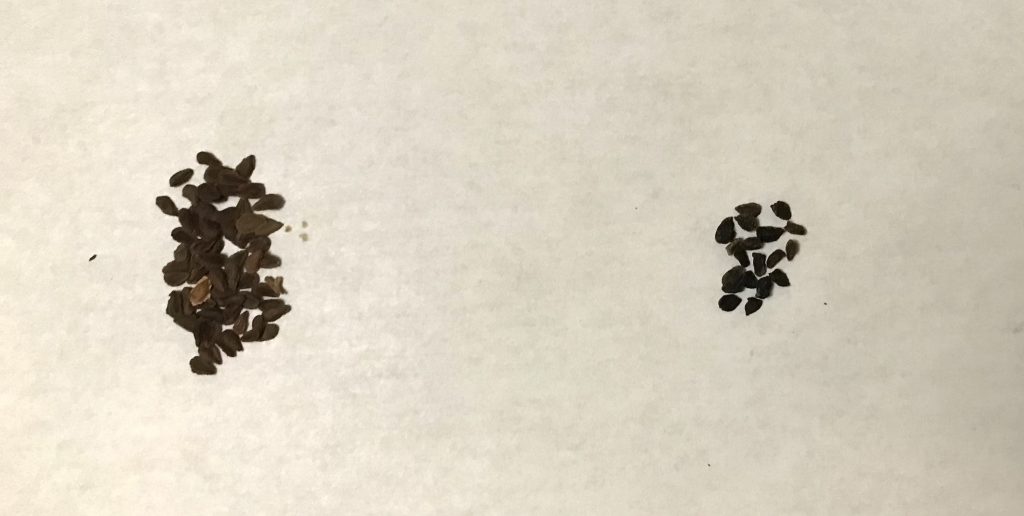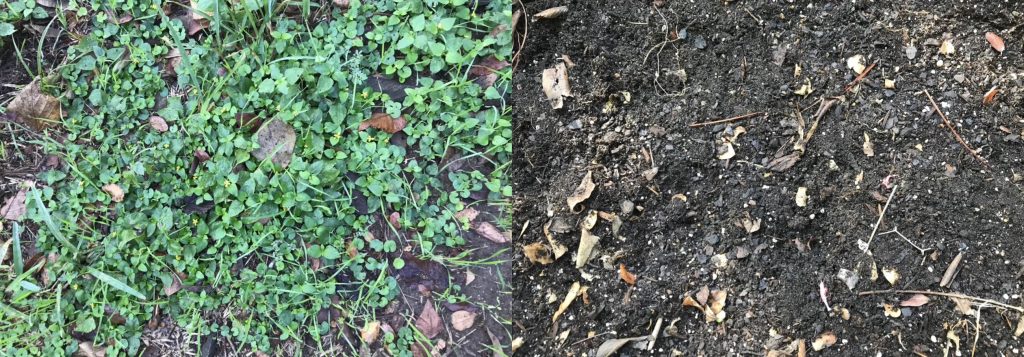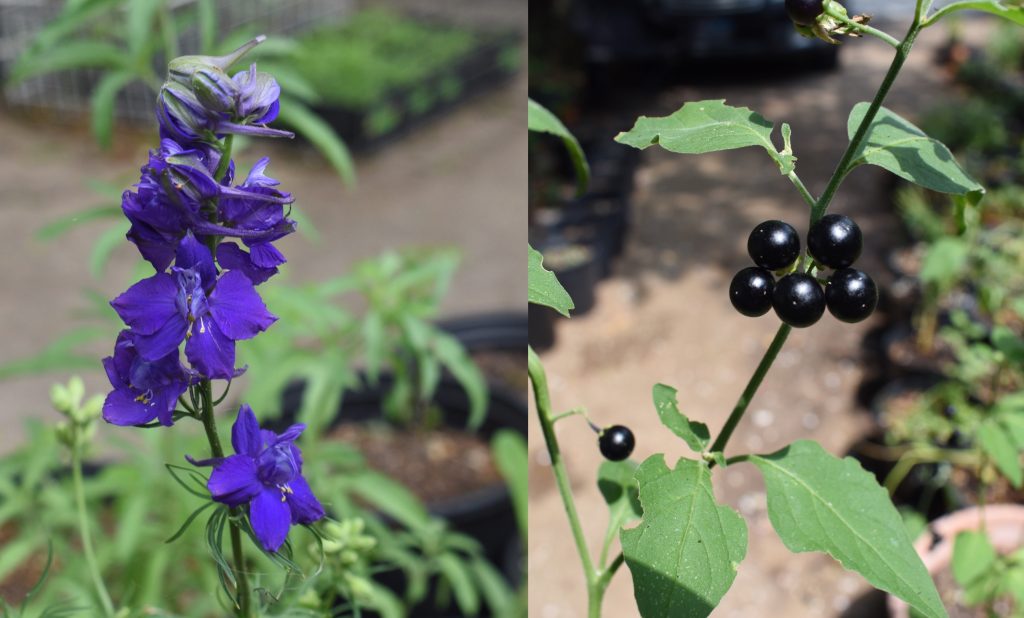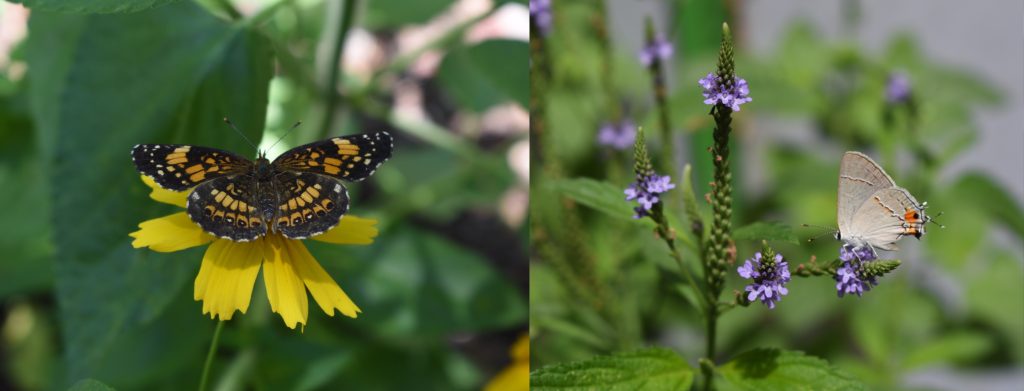Fresh garden vegetable seed will generally germinate promptly and evenly after planting. For example, if you plant 100 green bean seeds in the correct soil temperature range and water them adequately, they will begin to sprout after about 7–10 days. And, on average, 98 or more of them will emerge over the course of the next few days. The same goes for most commercially cultivated annual flower seeds. If you try that with many native plant seeds, the result will be much different.
In the best case scenario, most of your native seeds will start to sprout relatively soon. But in some cases, early germination may be sparse and the rest will appear slowly and unevenly. Some seeds may even lay dormant until the next year. By staggering germination times, native plants avoid putting all their eggs in one basket. Their seeds will sprout at different times and hopefully at one point the conditions will be just right for them to flourish.
In the worst case scenario, none of your seeds — or very few of them — will germinate. Many native plants additionally require some sort of trigger to get them to germinate. One of the most common of these requirements is a period of low temperatures. (Other seeds require alternating periods of hot and cold or other treatments. In general, a treatment meant to increase the germination rate of seeds is called stratification.) Milkweeds are one example of seeds that benefit from being exposed to cold temperatures before planting, but this very common for native perennial seeds.

Milkweed seeds (left) and monkshood seeds (right) are two of the many native perennials that benefit from cold conditioning.
In the wild, of course, the cold temperatures are supplied by winter. Seeds that form during the spring, summer, and fall are spread by the wind or by animals. Some of them end up in a location that is suitable for germination. During their time in (or on) the ground, precipation wets their seed coats and germination inhibitors are washed away. Then, in the winter, a period of cold temperatures primes the seeds for germination. When warmer spring temperatures arrive, the seeds sprout and the plants start growing.
As a gardener, you can cold condition your native seeds in a couple of ways. Obviously, you can plant them outdoors before your first frost and simply wait for spring. To do this, you should clear the planting location of any existing plants. Unless you experience a drought, however, you don’t need to tend to the seeds over the winter. However, it may help to add some mulch over the area and label it with a stake so you remember what sprouts you are expecting in the spring.

The ground on the left needs to be cleared before seeds are planted. If not, it will be hard to tell the sprouts of desired plants from the existing plants growing there. Bare ground (right) can be mulched to keep the soil from drying out.
You can also cold condition seeds in your house to prepare for early spring planting. There are several ways to do this, and I will cover that in a later post.








Recent Comments